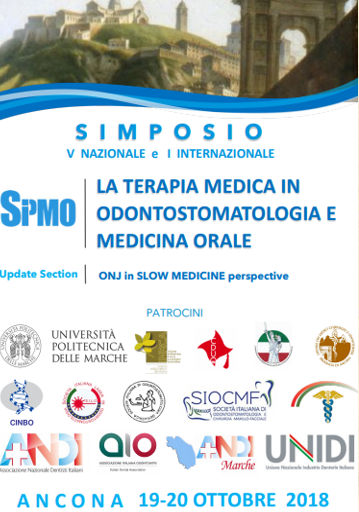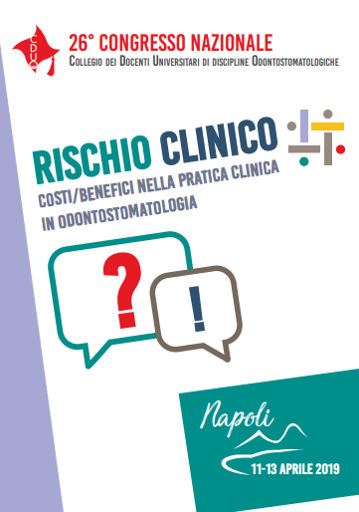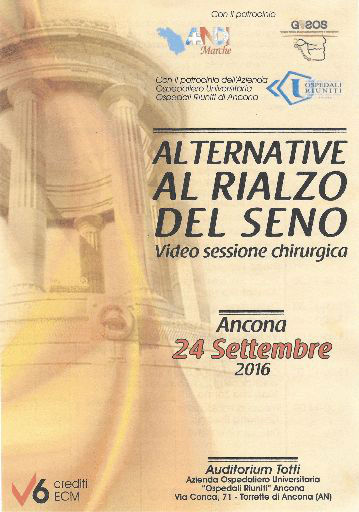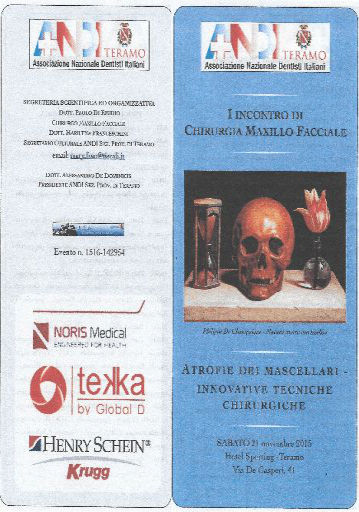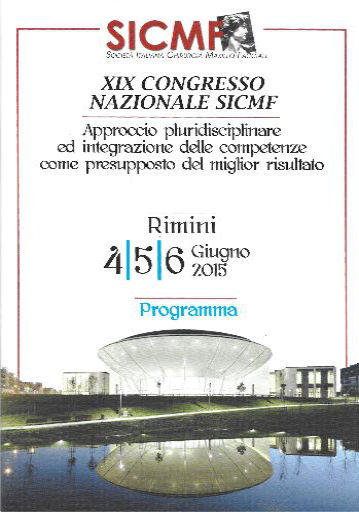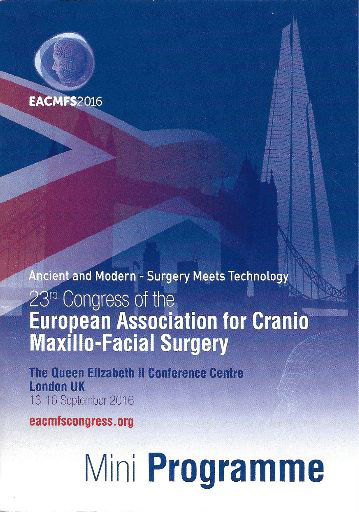SPIDERIMPLANT patents have been concretely materialized in certified industrial production and/or in custom-made devices. Each product has been tested in the laboratory and validated from a biomechanical point of view. The clinical studies have been developed through clinical applications in various types of atrophy over a period of seven years, and they have been eventually published both in the form of case reports and retrospective studies. At the same time, the results on the use of SpiderImplant products have been presented at various National and International conferences.
- Academic publications
- Clinical cases - case reports
- Clinical cases - video
FAQs
Yes, since they only involve the maxillary bone.
Sinus Lift is a relatively safe technique but not completely risk-free. There are reported cases of severe complications such as purulent sinusitis and oro-anthral fistulas, for the treatment of which the use of general anaesthesia is often required.
No, they occur with a certain frequency.
The use of “traditional” zygomatic implants is absolutely not recommended under local anaesthesia.
Yes, enormously, up to ten times the cost of the system itself.
Significantly, up to four times the cost of the system itself.
Practically always, with the exception of few very rare cases.
A side wall of the papyraceous maxillary sinus.
No, practically never. The immediate load can normally be applied about 8-12 months after the Sinus Lift procedure.
No, and this is one of the areas of competence of Maxillofacial Surgeons
Both Maxillo-Facial Surgeons and Dentists
Iatrogenic sinusitis (from Sinus Lift complications) and inferior alveolar nerve (IAN) injury.
Yes, both cases are reported in literature.
No, these anatomical structures are only relevant to Maxillo-Facial Surgeons.
No, only standard carving tools are needed.
The firm coupling of several implantological components into a single customised structure.
Relatively common.
No, thanks to the “locking” effect of the secondary systems.
Absolutely not, it is the most conservative surgical approach available.
